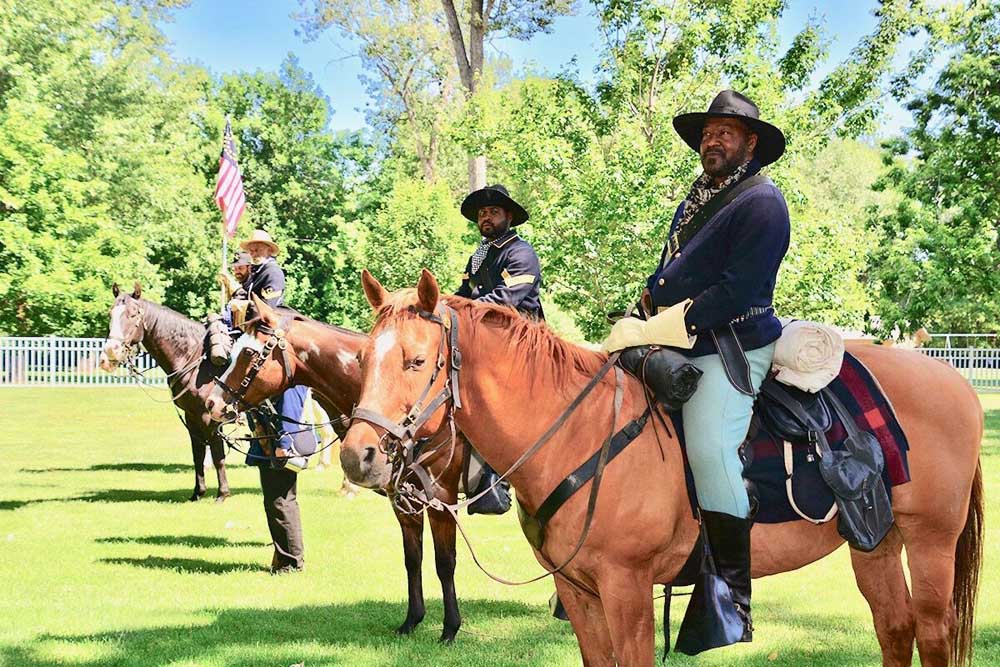Museum welcomes Rough Riders, Buffalo Soldiers
Published 3:00 am Wednesday, June 21, 2023

- Historically accurate equipment, encampment and horse gear will be on display at Fort Walla Walla Museum June 24-25.
WALLA WALLA — Reenactors will portray two U.S. Army units that fought in the Spanish-American War in 1898 during a special event June 24-25 at Fort Walla Walla Museum.
The American Soldiers of the West reenactor group will be in character as the 1st U.S. Volunteer Cavalry (the “Rough Riders”) and the 24th Infantry Regiment (one of the “Buffalo Soldier” regiments).
It has been four years since these reenactors have been at the museum, according to a press release.
The group will have a display of late 1800s military equipment and camp on the museum’s grounds for the weekend. The reenactors wear period uniforms, which are taken directly from the pages of history, and bring weapons, accurate accoutrements and horse gear.
Background
Formed by Congress in 1866, two Cavalry Regiments and four Infantry Regiments were formed as segregated units, which made up 20% of troops in the West. They are commonly called “Buffalo Soldiers” today. Officers of these groups were white initially, until the 1890s when a black enlisted man was promoted to the officer rank. The last segregated U.S. Army units were integrated by 1951. The last all-Black unit to see combat was the 24th Infantry Regiment.
According to the museum, accounts vary on the meaning of Buffalo Soldiers, but most agree that the name was first given by the Cheyenne to the 10th Cavalry in 1871. The name may refer to the tireless marching of the troops, their buffalo skin coats, or the troopers’ curly hair. The name became a badge of honor in later years, but the term was probably not used by the soldiers themselves in the 19th century.
The 1st U.S. Volunteer Cavalry was formed in 1898 to assist the rebellion against the Spanish Empire and drew from frontiersmen and Native Americans across the Southwest. When Theodore Roosevelt took command, “Roosevelt’s Rough Riders” were born. The 1st Volunteers fought alongside the segregated 9th and 10th Cavalry Regiments in the 5th U.S. Army Corps commanded by Maj. Gen. William Shafter. They won many engagements together, most notably San Juan Hill and Kettle Hill. Although all troopers were cavalry-trained, they fought dismounted, having to leave their horses behind in the U.S.
Information
Fort Walla Walla Museum is located within Fort Walla Walla Park at 755 NE Myra Road. The museum is open daily from 10 a.m. to 5 p.m. Admission is $10 adults, $9 seniors/students, $5 children ages 6–12, and free for children under 6. Museum members receive free admission all year.
Memberships start at $35. Find a calendar with living history programs and other special events at fwwm.org/all-events.





